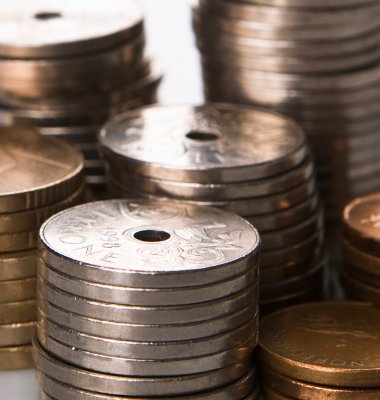Prices on energy goods fell by 5.5 percent from January to February and pulled the PPI down from last month. The PPI without energy goods increased by 1.2 percent.
Lower prices on energy goods mainly came from extraction of oil and natural gas, with a price drop of 7 percent due to lower prices on natural gas. The price on natural gas fell for the second month in a row, while the oil price had a small increase last month. Full gas stocks in Europe, in addition to milder weather than normal for the time of year, helped to explain the further decline in gas prices.
– The gas price has fallen significantly since the shock level in August last year and has brought the price index for the extraction of crude oil and natural gas down to the same level as in autumn 2021, says chief of division for price statistics, Espen Kristiansen.
Continued price rise within food products
Within food products produced in Norway, the producer prices were almost 20 percent higher in February 2023 than in February last year. In February higher prices on meat and meat products as well as seafood had the strongest influence.
– Throughout 2020, prices in the food industry fluctuated quite a lot, while from the beginning of 2021 prices have moved steadily and strongly upwards, says Kristiansen.
From 2021 to 2022, the average price increase for food products was 17 percent, against a growth rate of around 2 percent from 2020 to 2021.
From 2021 to 2022, Norwegian seafood exporters in particular have experienced a strong price increase, but the prices of Norwegian-produced food sold domestically have also increased significantly during this period.
According to price index of first-hand domestic sales (PIF), prices on imported food products also rose strongly during the last two years.
Prices within Manufacturing fluctuate on a high level
Within manufacturing as a whole, prices reached a peak in July last year, after rising continuously since May 2020. After the price peak last summer, prices have fluctuated quite a bit, but they are still at a historically high level.
From January to February, prices within manufacturing rose by 1.4 percent. Even though there are several manufactural sectors with price increases in February, it is the refined petroleum products that affected the overall index for manufacturing the most, with an increase of 7 per cent.
Within the non-metallic mineral products industry, prices went up 2.9 percent in February.
The price increase also continued for basic metals as well as for fabricated metal products, where prices on basic metals rose for the third month in a row.
Prices within chemicals helped dampen the total rise within manufacturing from January to February, with a drop of 2.8 percent.
Higher wind power production moderated electricity prices in February
Prices within In Norway, production and distribution of electricity are the principal parts of this group fell by 3.2 percent from January to February. Milder weather, lower consumption and higher wind power production are some of the explanations behind lower electricity prices, according to the weekly reports (nve.no) from Norges vassdrags- og energidirektorat/Norwegian Water Resources and Energy Directorate nve.no. In week 6, a new record was set for wind power production in the Nordics, measured over a week's time, and it was particularly in Sweden and Finland that the most wind power was produced this week.
